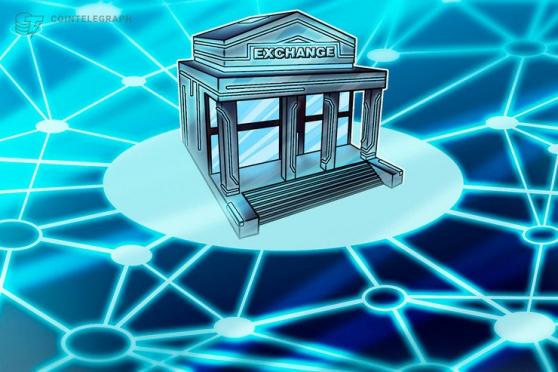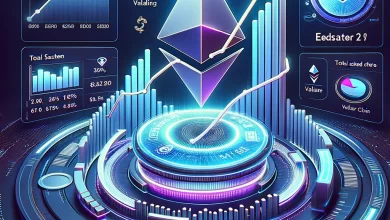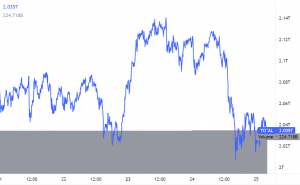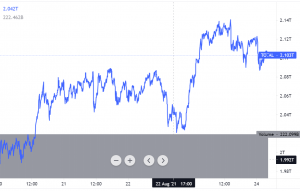In an industry built on an ethos of decentralization and the empowerment of individuals, where the key idea is that each and every person should have control of their own wealth and begin acting as their own bank, we’ve seen centralized custodial exchanges lead the charge up until now. Now, as the industry continues to develop ethos, we’re seeing centralized exchanges beginning to adopt more properties of decentralization.
Decentralization advances the protection of funds, transparency, economic inclusion and regulatory clarity while empowering each individual to become the custodians of their own funds. As centralized exchanges begin to recognize the benefits of decentralizing, the end result is a stronger, more trusting consumer and industry.
Liquidity: Exchanges that are based on decentralization have significantly less liquidity compared to their centralized counterparts. The widespread use of these exchanges has yet to reach the majority of users, as there is an entirely new learning curve in getting accustomed to such platforms. Users need to learn how to keep custody of their own funds while connecting their wallets to the platform. The lack of users equates to a lack of liquidity, so it’s important for exchanges to attract more users or to provide liquidity from other sources.
Throughput and speed: Throughput and speed are limitations of decentralized exchanges. These exchanges often rely on a blockchain network for settling trades. So, exchanges that are built on for example are at the mercy of Ethereum’s maximum transaction throughput of about 15 transactions per second. Even if millions of users were to switch to a decentralized exchange today, some exchanges wouldn’t be in a position to adequately handle the demand. Exchanges need to be able to handle hundreds, if not thousands, of trades their users make each second. A low transaction throughput limit can cause major delays in transactions or even prevent them from being executed and can lead to millions of dollars in losses.
User experience and features: With decentralized exchanges still in the early stages of development, they are often lacking in features, putting limitations on users’ trading experience. Different order types, from basic limit orders to more advanced order types like Immediate or Cancel orders, and Fill or Kill orders are often missing on decentralized exchanges. Other users may need to margin trade or connect with the exchange’s API to get real-time financial data for analysis. The truth is, users won’t make the transition to a platform that is lacking features that are critical to their trading strategies.
Continue Reading on Coin Telegraph
Disclaimer: Fusion Media would like to remind you that the data contained in this website is not necessarily real-time nor accurate. All CFDs (stocks, indexes, futures) and Forex prices are not provided by exchanges but rather by market makers, and so prices may not be accurate and may differ from the actual market price, meaning prices are indicative and not appropriate for trading purposes. Therefore Fusion Media doesn`t bear any responsibility for any trading losses you might incur as a result of using this data.
Fusion Media or anyone involved with Fusion Media will not accept any liability for loss or damage as a result of reliance on the information including data, quotes, charts and buy/sell signals contained within this website. Please be fully informed regarding the risks and costs associated with trading the financial markets, it is one of the riskiest investment forms possible.
Source: investing.com
View original post







